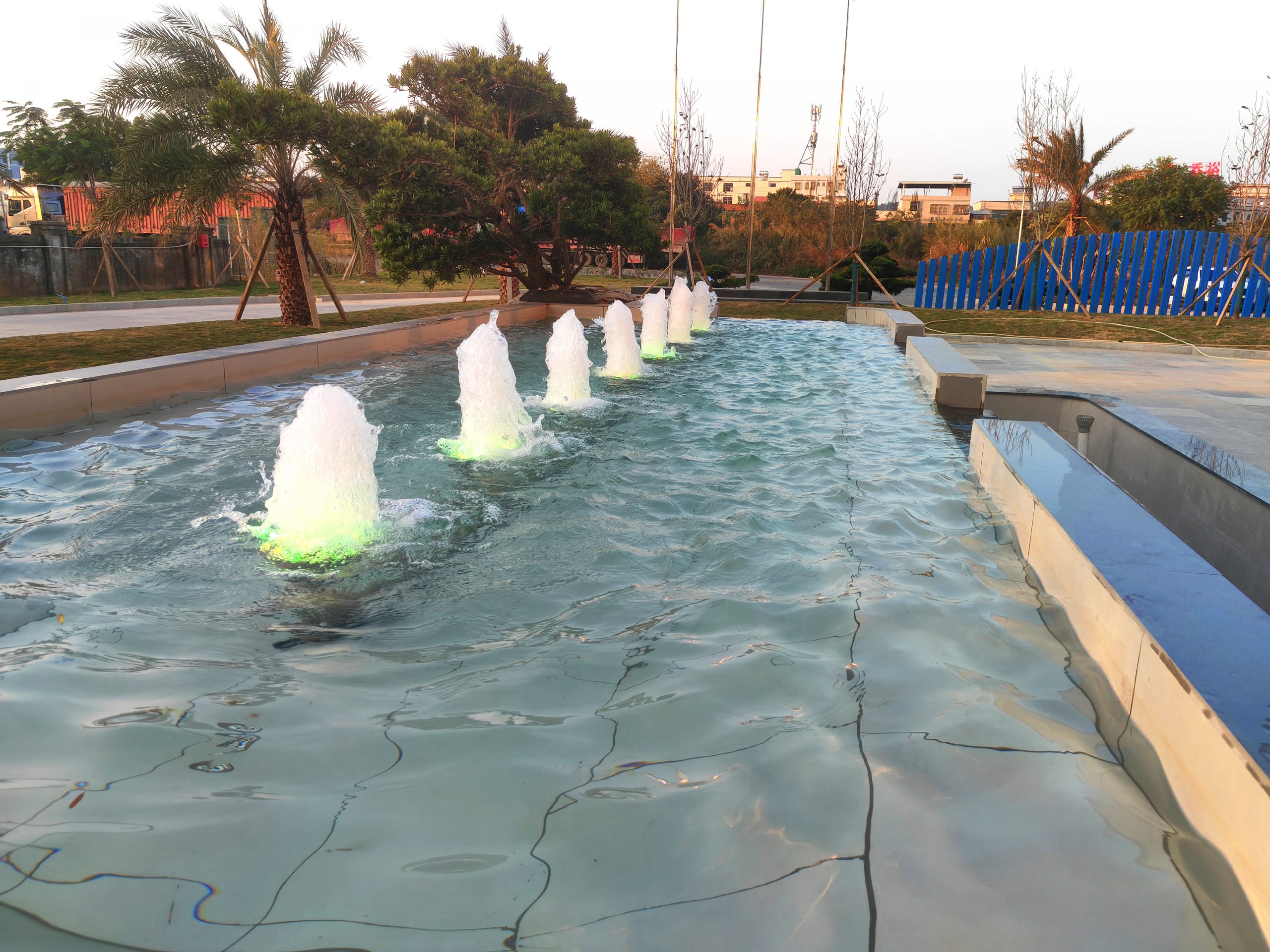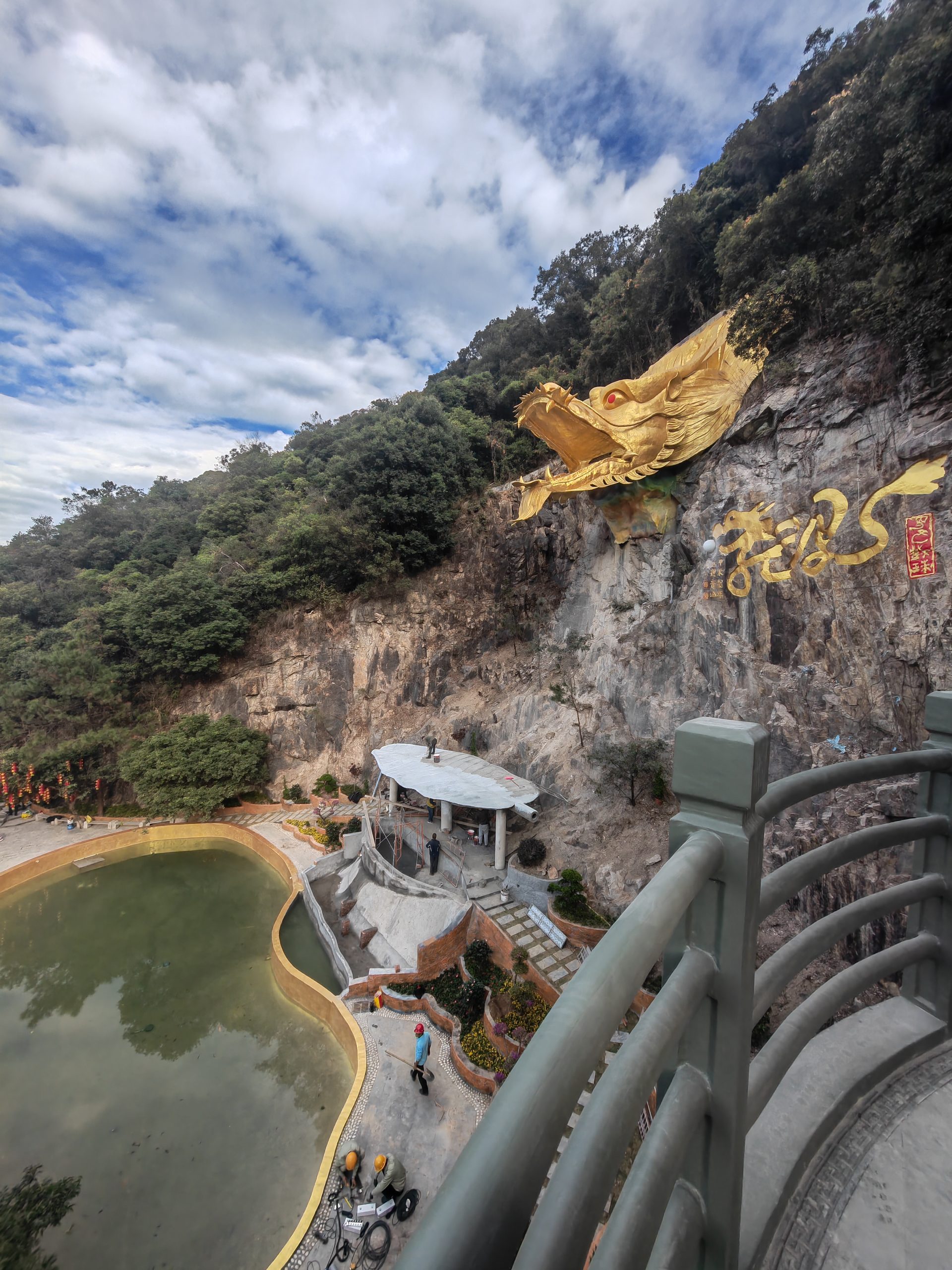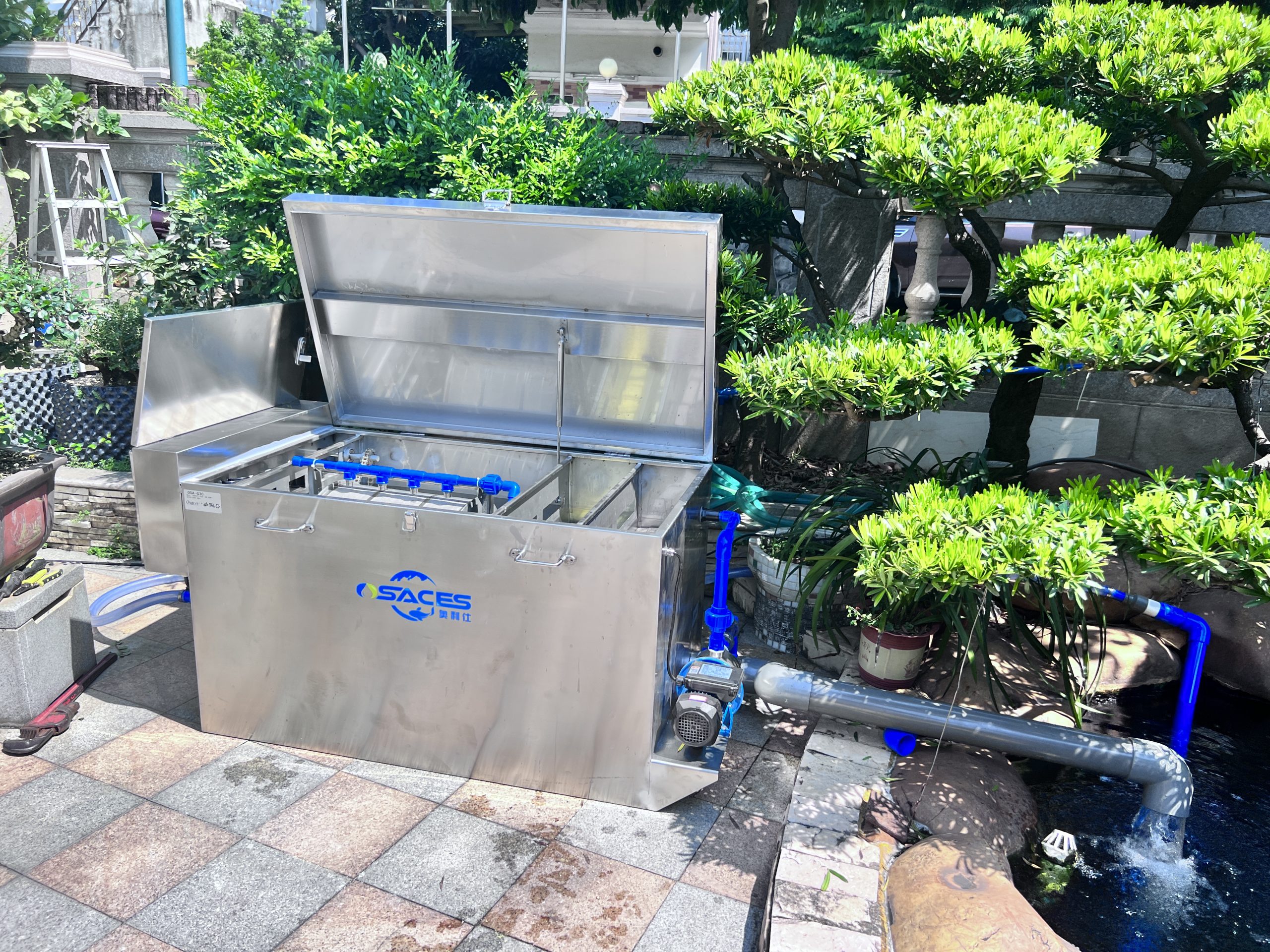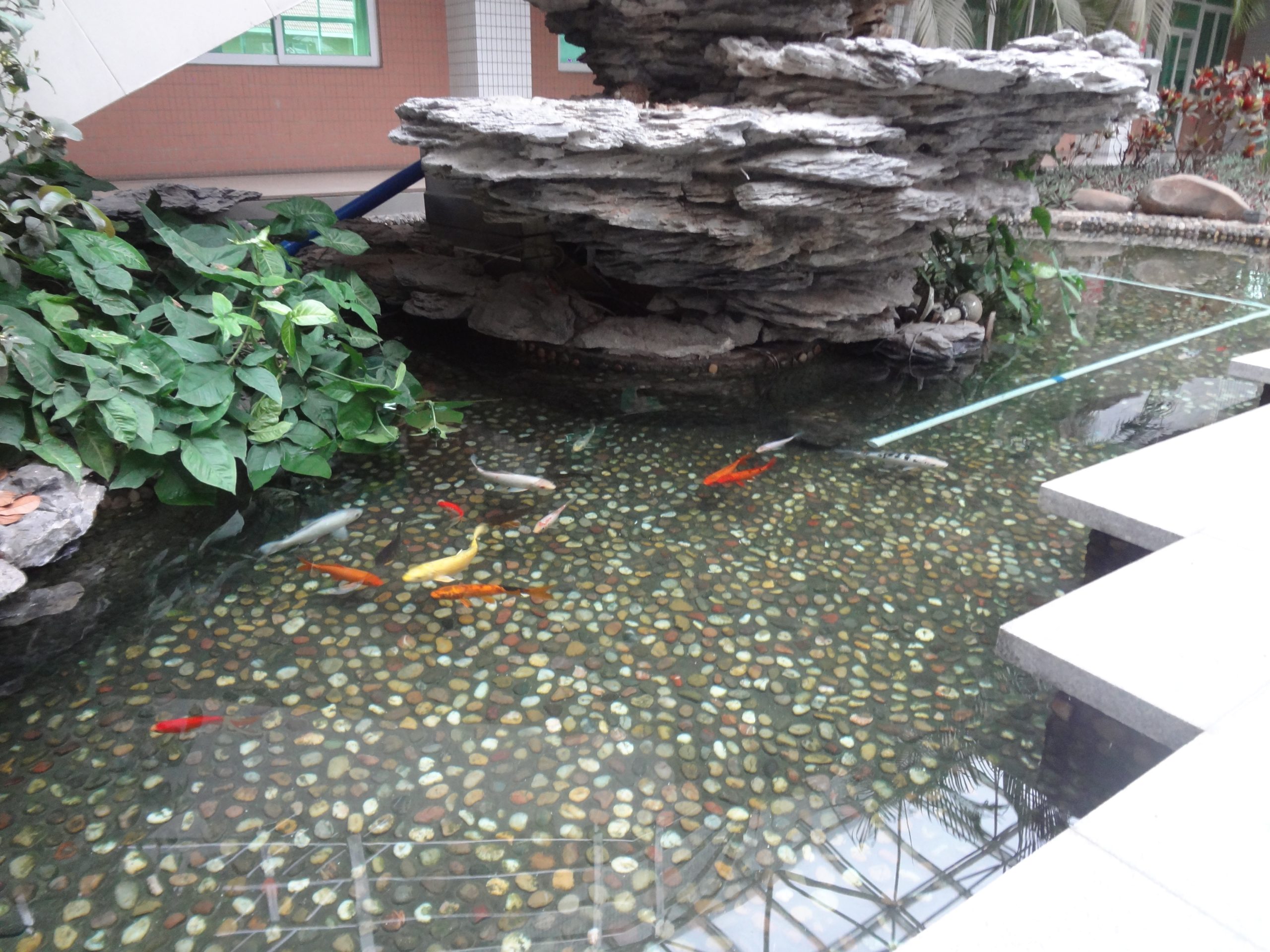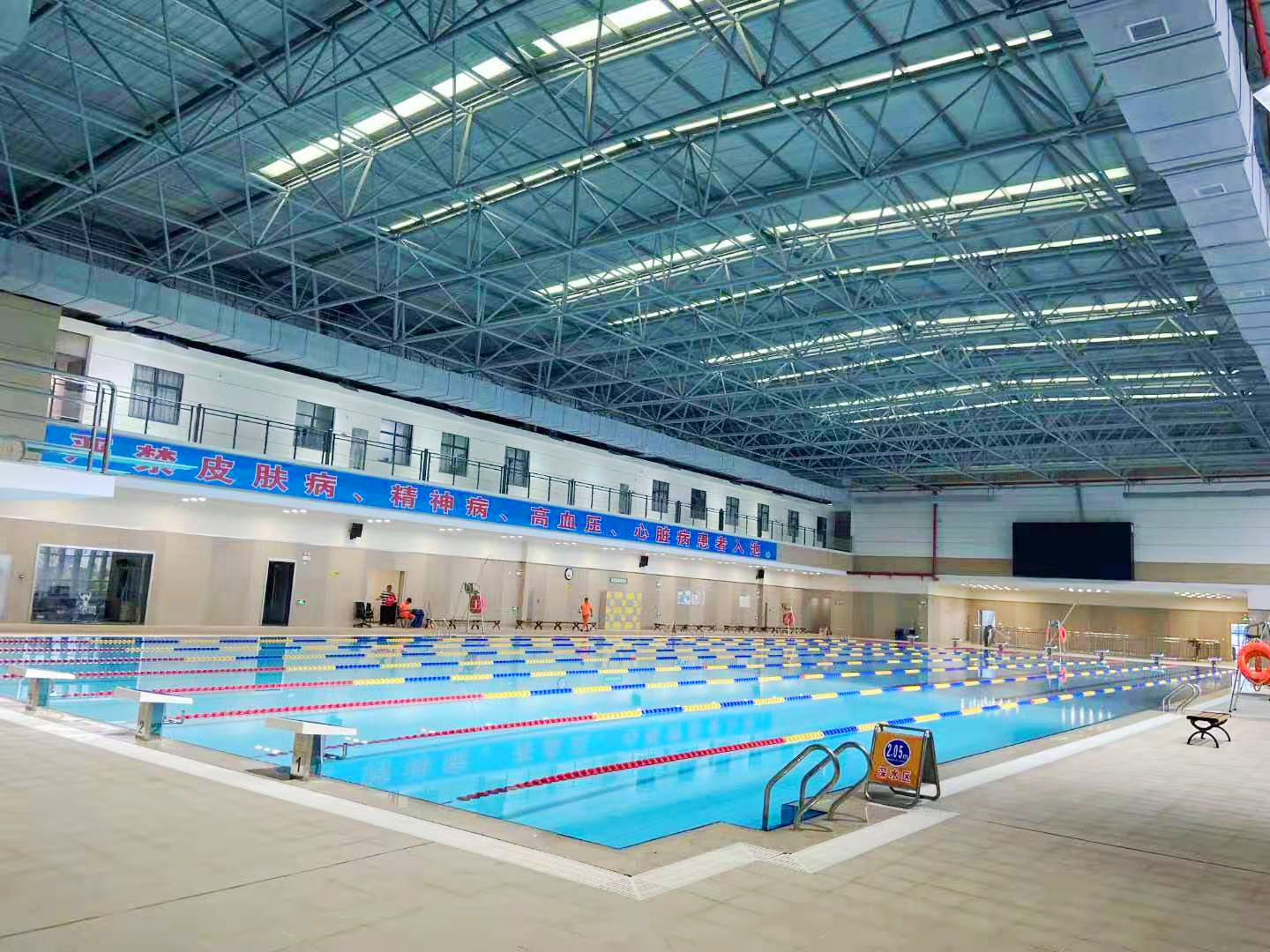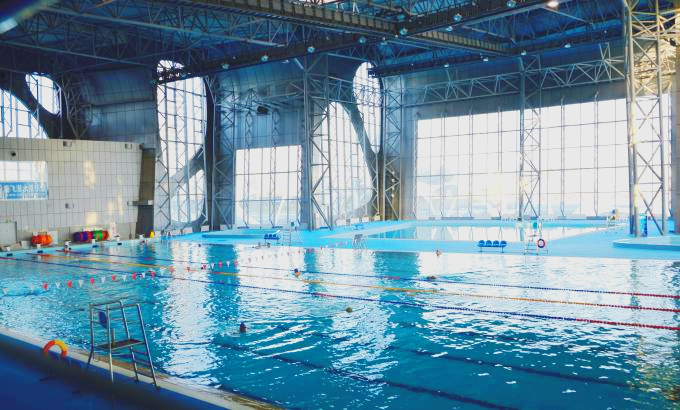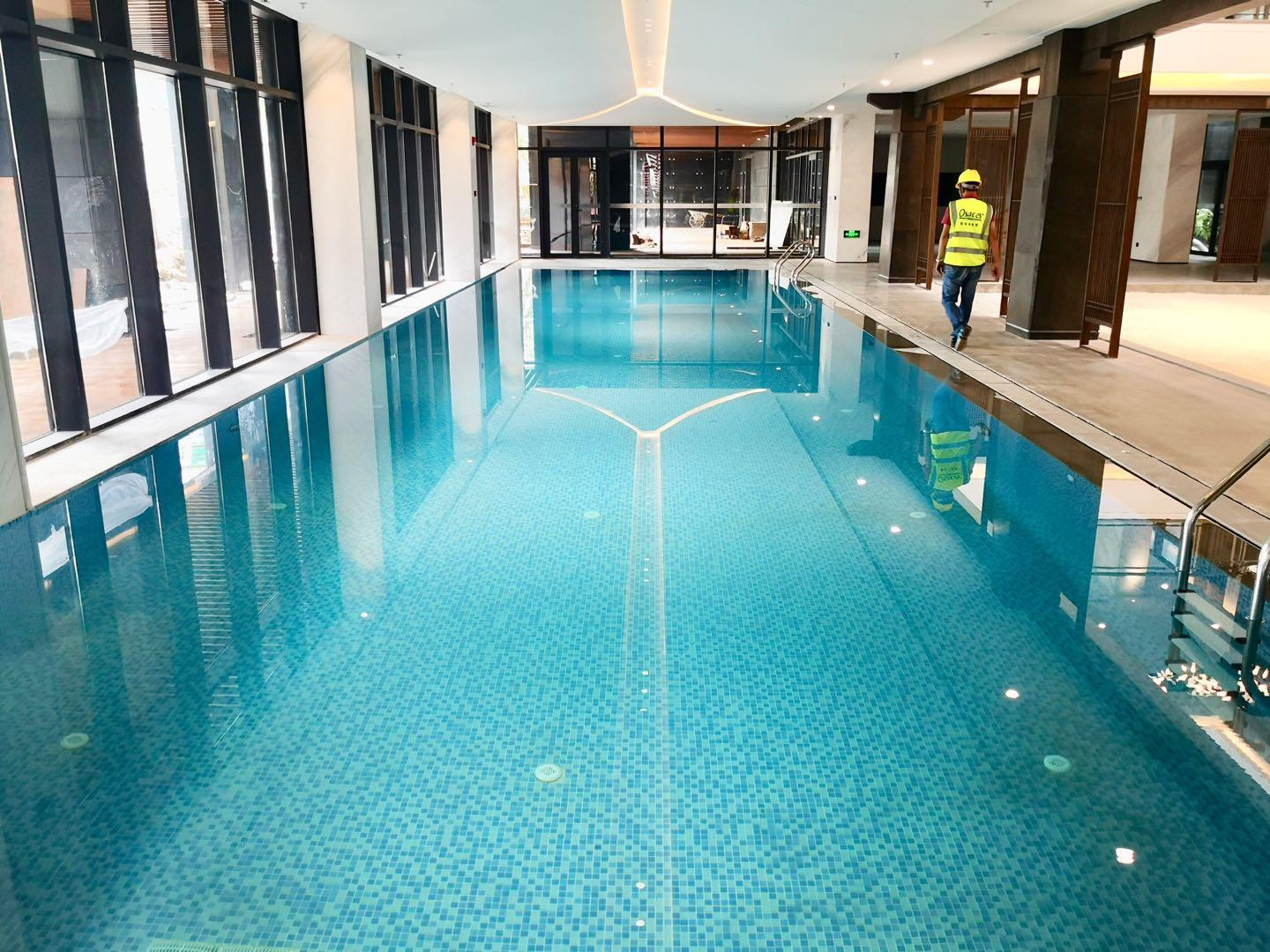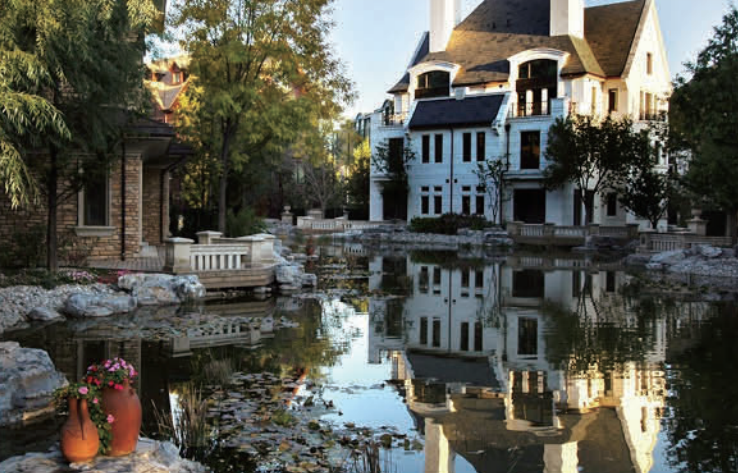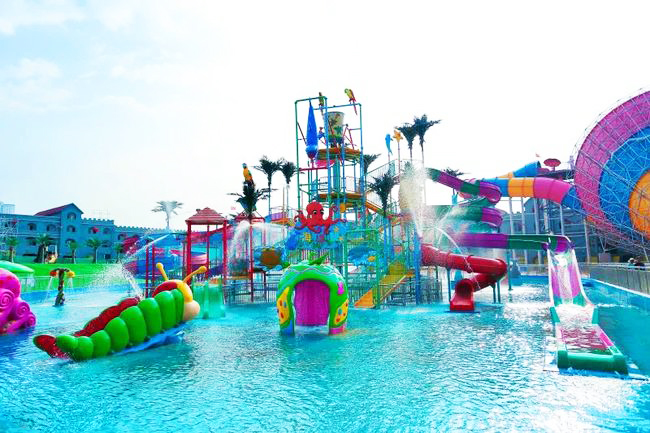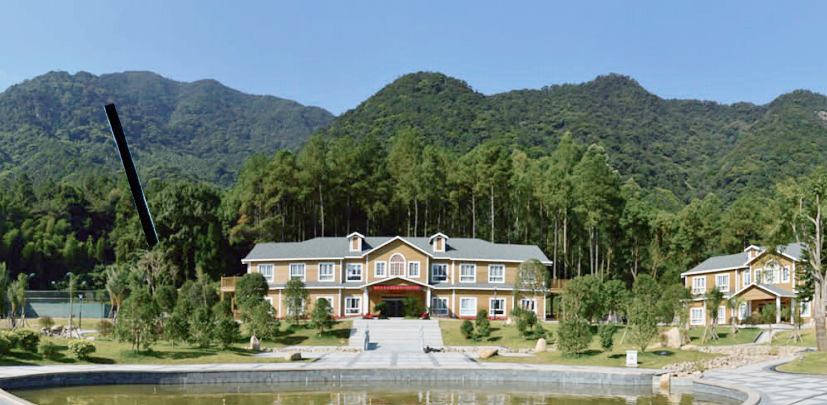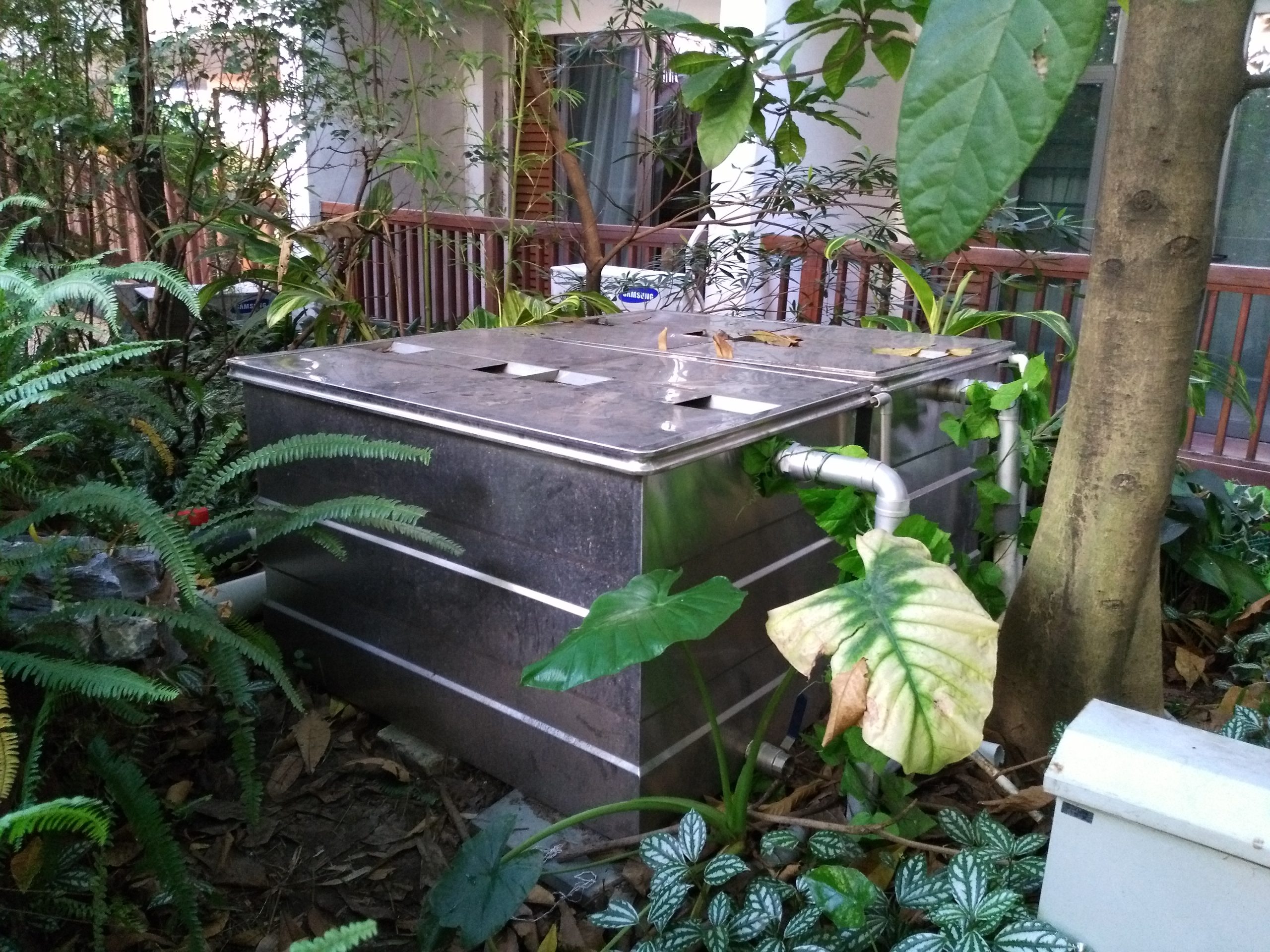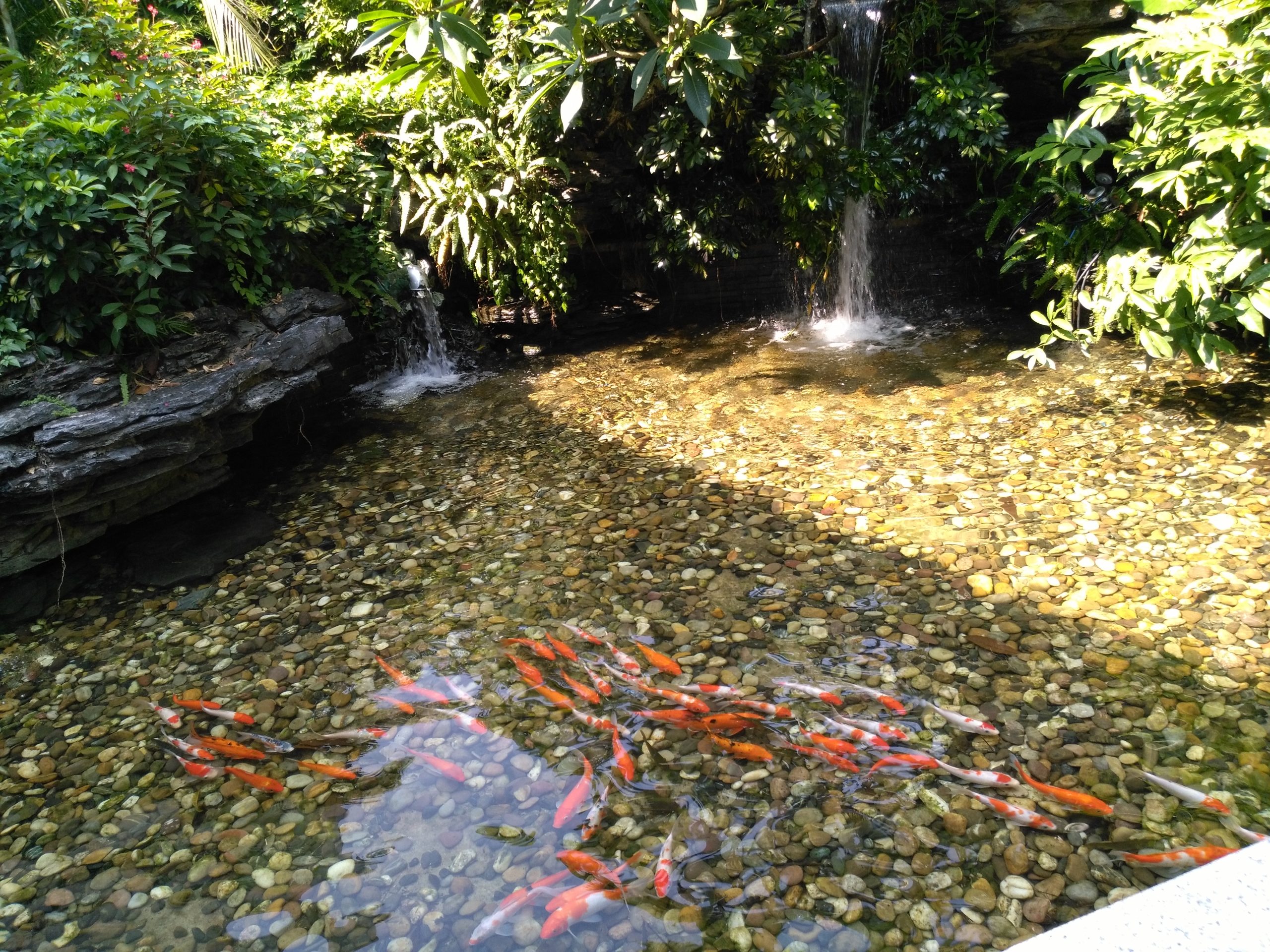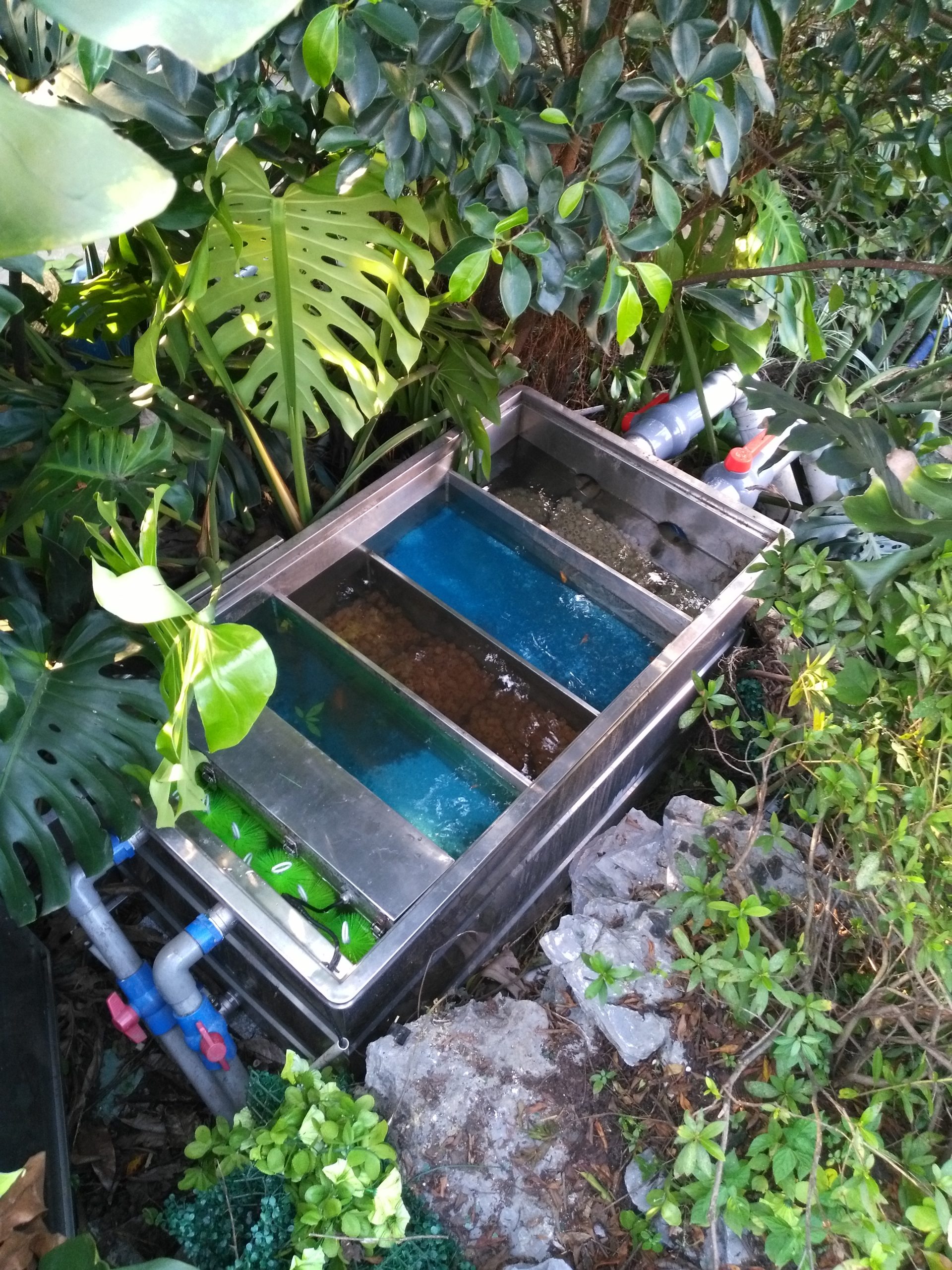Summer, the rapid growth period of Koi
文章出处:奥利仕(广州)康体设备有限公司 人气:(点击 1,324 次) 服务热线:(020)82686289
Early summer, when temperatures in the south have reached around 33°C, is the time when koi swim the most, and their digestive systems have been conditioned and acclimatized over the spring, and their appetites have increased dramatically.
However, at high temperatures, beyond the optimum temperature range, the higher the temperature, the vitality of the digestive enzymes in the koi's body does increase, however, the number of digestive enzymes decreases and the digestive power is weakened. As digestion speeds up significantly, both digestion and absorption are incomplete, and the digestive rateSignificantly decreased. This is a digestive abnormality.
At the same time, high temperature increases the physiological activity of fish, but the metabolic level decreases, especially the level of anabolic metabolism decreases sharply, and very little protein is synthesized. Due to the low level of metabolism, coupled with the excessively high temperature, high temperature stress response will occur, which will be manifested as less feeding, fast digestion, low digestibility, less absorbed nutrients, strong physiological activities, more nutrients consumed, less muscle synthesized, and a rapid decline in body condition, which also needs to be avoided in the process of water transfer.
1,Water temperature control
Koi is a variable temperature animal, its body temperature changes with the water temperature, and the difference with the water temperature is only 0.5 to 1℃, so its physiological activities and physiological processes are governed by the water temperature.
Strong summer sunlight can easily lead to high water temperatures and diseases such as "hot tail", so it is important to shade the pond. Considering that koi need a certain amount of sunlight to induce coloration, it is possible to partially shade the pond with a shade net or a shed.
If you are in a position to do so, you can raise a certain number of aquatic plants in the fish pond, which not only reduces direct sunlight, but also utilizes aquatic plants to purify the water. At the same time, aquatic plants are also a natural color feed for koi, and they also add to the ornamental aesthetics.
Besides, the suitable water temperature for nitrifying bacteria is 20-28℃, beyond which their metabolism becomes slower; the metabolism stops when the temperature is lower than 5℃ or higher than 42℃.
In summer, blue-green algae in the water tends to overpopulate, which in turn brings about koi hypoxia or deterioration of water quality resulting in flooding of the pond, or even poisoning of koi to death due to the large amount of toxins secreted by the blue-green algae. Therefore, it is important to control the amount of algae in the water body in summer to keep the amount of low-grade algae in the water and prevent or inhibit the overpopulation of algae through a strong pond filtration system or enhanced UV sterilization system.
3,Appropriate increase in water depth
Increasing the depth of the water can effectively slow down the rapid changes in water temperature caused by direct sunlight, and when the light is too strong, it is beneficial to let the koi take refuge in the lower temperature of the bottom water to avoid the occurrence of hot tail. It also gives the koi a better range of movement and increases their activity level.
In summer, koi have a good appetite and lots of feces, and too much organic residue is deposited in the water, which tends to make the water body lack oxygen and deteriorate the water quality. So be sure to change the water at the right time, both discharging the residue, keep the water quality fresh. Can also lower the water temperature. Remember to change the water must be carried out in the morning and evening!
5,Reduced stocking density
In summer, koi grow fast, and a proper reduction in stocking density is beneficial to growth, both in terms of reducing the incidence of anoxic floating heads and reducing the likelihood of disease.
The amount of koi to be fed is determined by a number of factors such as body weight and water temperature, and its usage and dosage will be stated on the typical koi feed. Avoid overfeeding, as uneaten fish food can contaminate the water and harm the health of the koi. The metabolic level of koi will increase when they are full, and the oxygen consumption will increase (the decomposition of feed and koi excreta consumes about 32% of oxygen, and the decomposition of bacteria, phytoplankton, animals, and dissolved suspended organic matter consumes about 50% of oxygen), which will easily cause the koi to die of hypoxia.
Every time you feed fine particles, powder granular feed need to be careful, the filter is easy to feed sucked into the filter tank, resulting in waste, resulting in turbid water, the feed will also be rotting in the tank mold, producing harmful substances. Therefore, you must form the habit of feeding koi regularly and quantitatively.
When the weather is sunny, the water quality is fresh and the fish are more active, you can throw more feed. When the weather is hot and muggy, thunderstorms are frequent, and the fish have floating heads, then no or less feed should be injected.To do scientific feeding, timely fishing out residual food, reduce water pollution, is conducive to the prevention and control of koi gastrointestinal disease.
Regularly (1~2 days) check the water temperature for changes, detect them in time and control the water temperature. Observe changes in the koi's bait during daily feeding; abnormal bait is usually a sign of some kind of disease. Determine whether the fish pond filtration system is working effectively every day to ensure uninterrupted filtration.Regular water quality tests are conducted to monitor whether the level of nitrogenous wastes exceeds the standard, using test paper or meters to test the pH value; sterilizing and disinfecting with disinfectants are added at the prescribed dosage to purify the water quality.
Do all of these things with koi and you'll see the koi grow healthily and will be especially pleased that what you're doing is worth it.
 Ollies (Guangzhou) Recreation and Sports Equipment Co.
Ollies (Guangzhou) Recreation and Sports Equipment Co.


